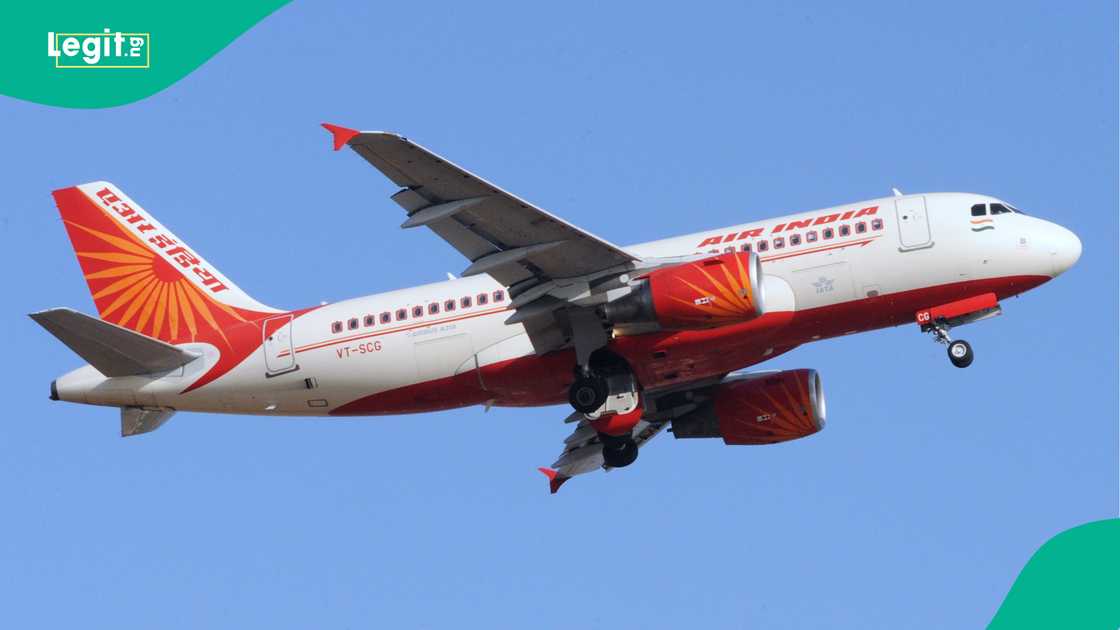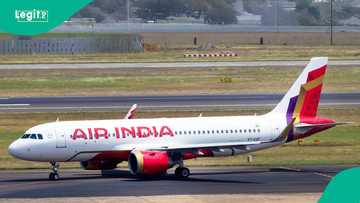University Professor Speaks on Cause of Air India Plane Crash that Killed Hundreds of People
- An Air India Boeing 787 crashed shortly after take-off from Ahmedabad on 12 June, killing 241 people on board and dozens on the ground
- It was the first fatal accident involving the Dreamliner aircraft and has prompted a global investigation
- Experts are analysing flight data recorders, engine systems, and possible human or environmental factors to determine the cause
A multi-national investigation is underway to determine the cause of the Air India Boeing 787 crash that claimed 241 lives on Thursday, June 12, 2025.
The accident marked the first fatal incident involving a Dreamliner aircraft and left dozens more dead on the ground. Only one passenger, identified as Vishwas Kumar Ramesh, survived the crash.

Source: Getty Images
Air India plane crashes shortly after take-off
Flight AI171 had departed Ahmedabad’s runway 23 at 08:08:44 GMT, destined for London Gatwick, but failed to reach altitude. According to Flightradar24 data, the plane climbed just a few hundred feet before plummeting less than a minute into the flight.

Read also
Only survivor of Air India tragedy shares new details that may help solve what caused crash
Experts from India’s Directorate General of Civil Aviation (DGCA) are being supported by investigators from the UK’s Air Accidents Investigation Branch (AAIB) and the US National Transportation Safety Board (NTSB), as efforts intensify to unravel what brought the state-of-the-art aircraft down.
Air India crash: Black boxes recovered
Both the cockpit voice recorder and the flight data recorder have been recovered from the wreckage. These devices are expected to be critical in reconstructing the final moments of flight AI171. Investigators are also gathering evidence from air traffic control recordings, radar data, CCTV footage, and witness accounts.
The sole survivor will play a pivotal role in the inquiry. Authorities will interview Mr Ramesh about what he experienced during the brief flight in hopes of uncovering additional insights.
A preliminary report is anticipated within three months. If a serious safety flaw is identified, an urgent advisory could be issued ahead of the full findings.
Air India crash: Possible mechanical failure
A central question surrounds whether a mechanical fault – possibly involving a dual-engine power loss – left the pilots unable to control the aircraft.
“It seems likely the accident was caused by system or multiple systems failures,” said Philip Baum, visiting professor of aviation security at Coventry University.
The aircraft was powered by GEnx engines, and the DGCA has ordered Air India to carry out immediate checks on its Dreamliner fleet. Notably, the mandate applies only to Air India, suggesting no broader issue has been identified.
Particular attention has turned to Boeing’s Thrust Control Malfunction Accommodation (TCMA) system, designed to deactivate an engine in cases of uncontrolled high thrust, reminiscent of the problematic MCAS system linked to the 737 Max tragedies.
Air India: Bird strike linked to crash
The possibility of a bird strike disabling both engines is being considered. While dual-engine aircraft like the Boeing 787 are built to cope with the loss of one engine, simultaneous failure offers little chance of recovery.

Read also
Air India: Indian government to decide on overseas analysis of flight recorders after crash
The 2009 “Miracle on the Hudson” case, in which a US Airways Airbus A320 ditched safely after striking birds, highlights the critical role altitude plays. Unlike that flight, AI171 had not climbed high enough to glide to safety.
Air India crash: Human factors under scrutiny
Although no early blame is being attributed to the crew, investigators will study cockpit communications and systems operation. Operating in hot weather with a full payload presents known challenges, including optimal flap configuration for safe lift-off.
According to one US airline captain, incorrect flap settings may have led to reduced performance and a fatal stall: “Poor performance which ultimately may have led to a stall.”
Past incidents, such as the 2008 Spanair crash that killed 154, illustrate the critical nature of flap deployment and alert systems.
The investigation will also examine crew background, health, and the role of ground staff, including air traffic controllers.
While sabotage is routinely examined, Professor Baum stated it is “unlikely there was anything more sinister at play” in this case.

Source: Getty Images
Air India, Boeing 787 safety record remains strong
Despite this catastrophic event, safety experts stress that Air India maintains a strong safety culture. The Boeing 787 Dreamliner had safely carried over one billion passengers before the accident.
As speculation swirled online, moderators of the respected Professional Pilots’ Rumour Network (PPRuNe) shut down discussions, citing “a hamsterwheel of repetition and guesswork”.
Speaking to Legit.ng, AbdulRasheed Hussaini, a public expert based in Nigeria, suggested other focus areas for the ongoing investigation:
“I believe investigation is rightly focusing on technical and environmental factors but there must also be a parallel review of institutional accountability. This includes examining whether any prior warnings, maintenance anomalies, or whistleblower concerns were overlooked.”
With global scrutiny intensifying, the coming weeks are expected to yield vital clues into the cause of one of India’s worst air disasters in recent history.
Air India crash: Experts share likely cause
Legit.ng earlier reported that an investigation has begun into the cause of the ill-fated Air India plane that crashed in Ahmedabad, and this could take months or even years to identify due to the complex nature.
As usual, aviation experts have shared their views on what they believe could have gone wrong.
Proofreading by James Ojo, copy editor at Legit.ng.
Source: Legit.ng




